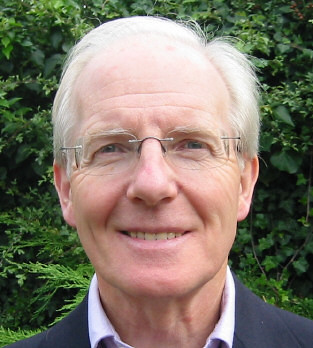Big bangs are exciting, dangerous, and usually unnecessary. The scale of investment usually means lots of thinking and planning, resulting in long timescales and the risk that what’s devised won’t work for the target population. A sensible alternative is to geographically and functionally restrict a first phase, e.g. start with a target population of say 50,000 benefit claimants in a city where there are people who demonstrate a service culture. And to control the functionality further don’t try for all benefit claimants, rather look at a segment such as single mothers.
Having selected a target segment in a geographically bounded area recruit and train the people who will be citizen champions, looking first at those administering the benefits. With them devise processes to ensure that the target population get what they are due with the minimum amount of questions and interference. Finally built monitoring processes so that levels of achievement and the value they create can be measured and processes tuned.
It’s time consuming and expensive to change the claim processes for all the benefits that will be claimed, instead negotiate mechanisms so that the citizen champions can hide complexity from the claimants. Where the claims processes all want their own claim forms containing largely the same information develop simple form completion software so that the citizens champion can generate all the forms for the claimant to sign.
Whilst the first phase is running it’s time to plan for geographic extensions to get to a scale sufficient for confidence that the new processes work effectively nationally. Having this second phase running decide what investment in process support will enable a cost effective national implementation. NB There is an interesting decision point here, is it worth pushing for national implementation with a limited functionality or building out the functionality?
This isn’t particularly original, when the Inland Revenue wanted a national IT system for Pay As You Earn (20 years ago) they first put in a small pilot with limited functionality, tuned it and used the lessons learnt to build what became a successful national system. The key to success is to start small and quickly, understand and measure outcomes for value and then take measured steps, for example in moving to a national system the Inland Revenue implemented region by region.
Monday, 18 August 2008
Subscribe to:
Post Comments (Atom)

No comments:
Post a Comment